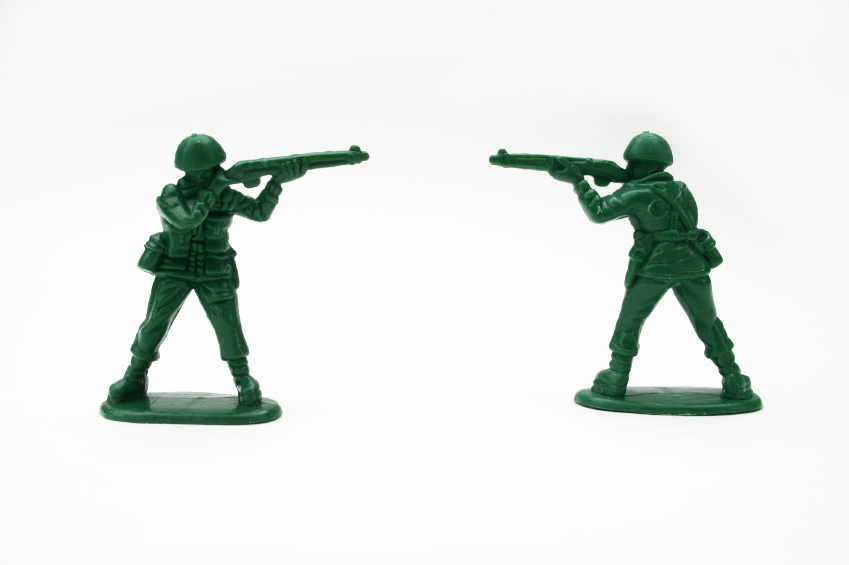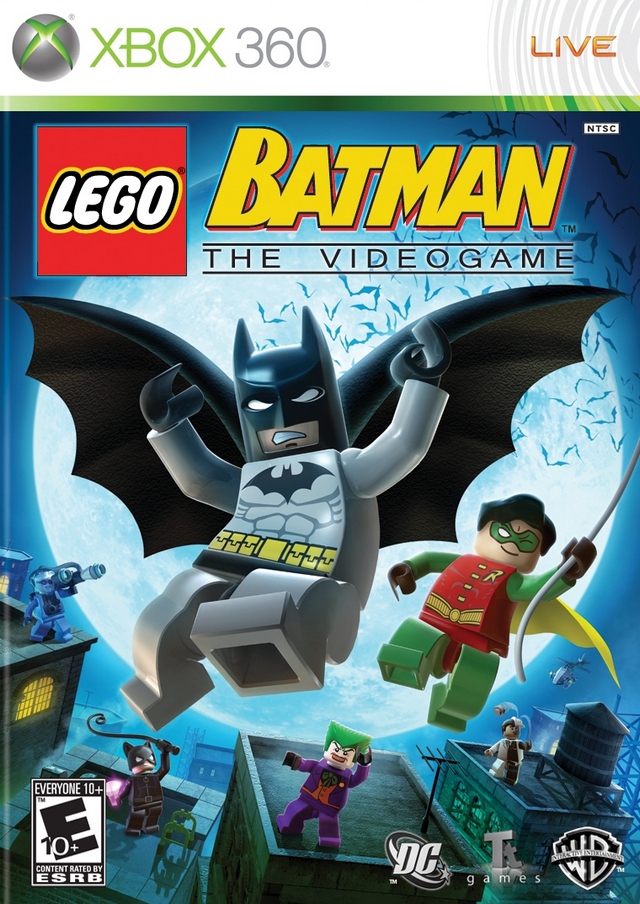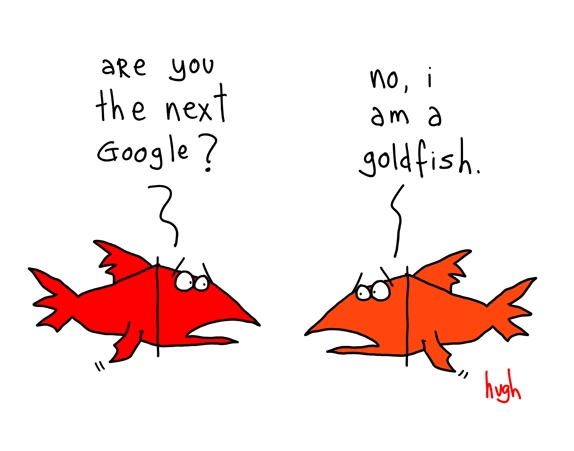Deep Linking Leadership Development to Organisational Behaviour
 In the past decade much of the truly transformational leadership work happening in organisations has been driven from a place of self mastery. This approach is however being challenged by Daniel Kahneman, a Nobel Prize-winning psychologist and the author of the new book “Thinking, Fast and Slow,” who shows by categorising our cognitive flaws, that knowing oneself is not enough, not nearly enough to be the effectual leaders we need to be.
Separate research released in September 2011 by the Minneapolis based consultancy Modern Survey also indicate a set of findings which show that the highest levels of employee engagement comes from a place other than Self. What the survey reveals is that the highest correlation between employee engagement are not appreciation, career development and recognition which have been taken as de rigeur. Instead, it is the willingness of organisations to be transparent, honest and to instil confidence in the future of their businesses that is driving higher levels of engagement in employees.
In the past decade much of the truly transformational leadership work happening in organisations has been driven from a place of self mastery. This approach is however being challenged by Daniel Kahneman, a Nobel Prize-winning psychologist and the author of the new book “Thinking, Fast and Slow,” who shows by categorising our cognitive flaws, that knowing oneself is not enough, not nearly enough to be the effectual leaders we need to be.
Separate research released in September 2011 by the Minneapolis based consultancy Modern Survey also indicate a set of findings which show that the highest levels of employee engagement comes from a place other than Self. What the survey reveals is that the highest correlation between employee engagement are not appreciation, career development and recognition which have been taken as de rigeur. Instead, it is the willingness of organisations to be transparent, honest and to instil confidence in the future of their businesses that is driving higher levels of engagement in employees.
This has a profound impact on what it is we are seeking to achieve with our leadership development programmes. It requires leadership development that is driven by the ethical positioning of organisations, and the willingness to build long term sustainable practices that employees can believe in.
It requires a realignment of how CEOs and their boards communicate but more importantly, of how they behave. This is where the real leadership development work happens and where frankly, the least is done.
Developing a sense of purpose in the work we do, managing our energy and attention at work is still critical, as is knowing how to be agile in the face of uncertain markets matters. But what seems to matter more is that we have a belief and an insight into how our leaders are running our organisations - that they are doing it with integrity and with an eye open for the long term sustainable future of the places we work in, not just with an eye on making a quick buck.
In sum, educators need to ensure when designing processes that they do not merely work at a microcosmic level, that the values of what they teach are deeply embedded into the way they teach. For leaders, it requires that the values which they purport to uphold are significantly visible in the action of their daily practices. And for directors of people management, talent and organisational effectiveness, it demands the procurement of processes which start from a place of identifying how the values of their organisations can be made clearly visible and easily emulated. This would go some way in engaging employees who as the research has shown, do genuinely want something authentic and lasting to believe in.
How Gaming helped me become a better strategist
 In the last five years, I can safely say that the majority of what I have unlearnt and relearnt, as far as strategy is concerned, comes from Gaming. I have learnt many things about strategy from the world of work and higher learning but Unlearning and Relearning have come from a different place. When I understood that the rate of change was happening faster than my ability to respond to it strategically, I started looking for another place - somewhere I could dismantle my well worn paradigms and see with a fresh pair of lenses.
I think this desire to find an alternative space to improve my strategic capacity was also the need to embrace a way of thinking which was far more collaborative in nature and one which could take me as far away from Strategy as War as possible. I started losing my interest in beating the competition and all the metaphors tied into strategy as something which assumed generals on a battlefield planning the mighty overthrow. It didn't feel real anymore and was certainly not what I was seeing playing out in the markets I operated in.
In the last five years, I can safely say that the majority of what I have unlearnt and relearnt, as far as strategy is concerned, comes from Gaming. I have learnt many things about strategy from the world of work and higher learning but Unlearning and Relearning have come from a different place. When I understood that the rate of change was happening faster than my ability to respond to it strategically, I started looking for another place - somewhere I could dismantle my well worn paradigms and see with a fresh pair of lenses.
I think this desire to find an alternative space to improve my strategic capacity was also the need to embrace a way of thinking which was far more collaborative in nature and one which could take me as far away from Strategy as War as possible. I started losing my interest in beating the competition and all the metaphors tied into strategy as something which assumed generals on a battlefield planning the mighty overthrow. It didn't feel real anymore and was certainly not what I was seeing playing out in the markets I operated in.
Frankly, I am no longer that interested in the idea of competitors as a thing to study. Not because they don't exist but more because they come from places I am finding less likely to fathom. I believe that Executive Education is learning as a lifestyle. If I were to think about who my competitors really were, I would be more inclined to think of travel agencies offering exotic destinations or the hard choice our customers have between a homeloan or a student loan. For these are often the choices people are faced with when decided what to do with their hard earned cash and its relationship to their own personal development. I love the story about SABMiller and their realisation that their competition wasn't just Brandhouse but Vodacom because both of them were hustling for the same R20 - a prepaid voucher or a quart of beer.
Games have given me an extraordinary place to experiment. I would like to share the insights I have gained from four games I have played and unlearnt and relearnt from.
The first is Fable2. I have a particular fondness for this game because up until then I had been playing mobile games. A games console was not something I had ever considered owning and it was only after my partner and I decided that it would be amazing to play together rather than alongside one another on our phones that we bought an XBox. I genuinely believed it was something I would do intermittently to relax and never believed that it could add real value to the work that I did.
What Fable2 taught me about was the need for kindness and generosity in commercial exchange. The more of this behaviour I showed the cheaper the weapons became from traders who liked me, the more followers I could call on to help me battle all manner of dragon and rascal and the more accessible and affordable the potions became. A far cry from holding your ideas close, going it alone and screwing your competition.
Next is Dragon Age2. This taught me about the importance of Agility and the capacity to change course mid direction. As long as I was prepared to move off the well worn path and try other alternatives I would be rewarded with surprise treasures and at times rare weapons. It taught me that being adaptable wasn't being wishy washy and that it in many casees saved my life and that of my team. Here, too comaraderie played a role and the value of building trust in a team.
Lego Batman showed me that if I wasn't prepared to work with my partner that we would get nowhere. As the game doesn't allow you to move too far from one another, my partner and I had to focus on what we were trying to achieve together. It created a real trust in one another and we became sensitised to always checking whether the other party was okay or whether we needed to help them get to the place we both needed to be. This I think is an invaluable lesson for teamwork.
 Final Fantasy XIII taught me about Grace in Failure and the power of persistence. So much of our fear of failing is the belief that if we make a choice that the consequences will play out for the rest of our lives. I learnt here that choices, sometimes brave choices would result in me dying but that I could always respawn. In the real world this means that the risks I take might not always play out the way I want them to but that the possibility of reinvention is a real and energising one.
Final Fantasy XIII taught me about Grace in Failure and the power of persistence. So much of our fear of failing is the belief that if we make a choice that the consequences will play out for the rest of our lives. I learnt here that choices, sometimes brave choices would result in me dying but that I could always respawn. In the real world this means that the risks I take might not always play out the way I want them to but that the possibility of reinvention is a real and energising one.
To my mind, strategy is inextricably linked to leadership development. The time I have spent gaming has genuinely helped me to develop as a leader and I think as a result, a better strategist.
Truths, Trends and Trifles in Business Education - A Hacker's Guide
 One of the most important issues we are currently facing as business educators, and certainly in the field of executive education is the ability to separate out the truths from the trends and the trends from the trifles. I am indebted to my partner, Dave Duarte for this elegant distinction between these three lenses. It is well worth reading his blog post on this as it relates to the problematics of Social Media strategies.
Truths
One of the most important issues we are currently facing as business educators, and certainly in the field of executive education is the ability to separate out the truths from the trends and the trends from the trifles. I am indebted to my partner, Dave Duarte for this elegant distinction between these three lenses. It is well worth reading his blog post on this as it relates to the problematics of Social Media strategies.
Truths
 The truth of what it is that you do will have an element which is unchanging. What is is in the nature of your work that is fixed and utterly aligned to your purpose? In my work it is the understanding that for leaders to have impact they need different practices - the ability to manage their energy and attention, working with questions rather than answers, seeing themselves as coaches and resources rather than controllers. This is the "why" of the work that I do. It is useful to spend an inordinate amount of time to really get to the nub of your why. In going slow to go fast here you really do create a landscape that you can align emergent trends around.Another way of articulating the "why" is perhaps around the idea of Purpose.
The truth of what it is that you do will have an element which is unchanging. What is is in the nature of your work that is fixed and utterly aligned to your purpose? In my work it is the understanding that for leaders to have impact they need different practices - the ability to manage their energy and attention, working with questions rather than answers, seeing themselves as coaches and resources rather than controllers. This is the "why" of the work that I do. It is useful to spend an inordinate amount of time to really get to the nub of your why. In going slow to go fast here you really do create a landscape that you can align emergent trends around.Another way of articulating the "why" is perhaps around the idea of Purpose.
Trends
Trends, on the other hand, are what are appearing on your horizon that are creating shifts in behaviour and will impact on the work you do. Trends are the "What". A trend is something which you can choose to see and align to your Why. Not every trend will be meaningful to the work that you do but if you can pick two or three things that have impact these are the ones to spend time on crafting alignment and responses. In my world, the trends that impact on what I do are the drive for responsible leadership, the attention economy, information overload, learning on demand, and the upsurgence of collaborative technologies. Understanding the importance of these trends allows me to craft responses that may well be meaningful in my search to help leaders bild practices that help them achieve greater impact - like using Curiosity as a lens to filter the quality of our attention, building a model around Productive Presencing which helps us manage our attention and energy at work, constructing an attention audit to help engage with negative voices in our heads and agility as a leader's toolkit for building practises that help us change course mid direction and encourage the perspectives of others in our decision making. Trends generally have upwards of a 15 year lifespan which means that their impact is significant.
Trifles on the other hand are those fabulously sexy tools which are here today, gone tomorrow. Like Zite, or Foursquare, Ning, Facebook or Twitter. They are the "How" of what it is we do - applications which we can use expediently to get our message across but which we can equally abandon for another platform which might serve us better at a later stage. One of the issues with the age we live in is that we are just too busy to make these distinctions and often risk pouring an enormous amount of energy and capital into trifles rather than the alignment of particular trends with our truths. Overinvesting in a trifle hurts your business and erodes your truth. Often the mistake trendforecasters make is to focus on the trifles whihc three years down the line are gone.
It is my hope that these three lenses will serve you well in your own decisionmaking around what to track and what to use. As a hack, it is really just about remembering what is the Why (Truths), what is your What (Trends) and what is your How (Trifles). In an information-rich world this might well be an important filter.
Happy hacking.
A talk to be given tomorrow at the EFMD Annual Conference in Brussels, Belgium.
When Work no longer works
 I remember when Work was the place you went to, to get things done. Increasingly I find that when I really have to get things done - which in my industry is coming up with new ideas and designs for executive leadership development work (apart from managing a whole lot of people and bringing in revenue), work is probably the last place I would think of to do this well. Why is this? Well, frankly work is the place where I am interrupted a lot by others, where unexpected demands happen and where there is little time to think slowly, deeply and well. For a truly wonderous and succinct description for the world of work as interruption, Jason Fried's talk at TED on why work doesn't happen at work is a gem.
I have become interested in this because I have to give a plenary session in two weeks time at The Future of Learning conference - a crosss continental initiative hosted by Ashridge, Melbourne Business School and UCT GSB.
I remember when Work was the place you went to, to get things done. Increasingly I find that when I really have to get things done - which in my industry is coming up with new ideas and designs for executive leadership development work (apart from managing a whole lot of people and bringing in revenue), work is probably the last place I would think of to do this well. Why is this? Well, frankly work is the place where I am interrupted a lot by others, where unexpected demands happen and where there is little time to think slowly, deeply and well. For a truly wonderous and succinct description for the world of work as interruption, Jason Fried's talk at TED on why work doesn't happen at work is a gem.
I have become interested in this because I have to give a plenary session in two weeks time at The Future of Learning conference - a crosss continental initiative hosted by Ashridge, Melbourne Business School and UCT GSB.
The irony is that as I write this, it is not from work. I am doing this from home today - where I generally think very well. The topic of my paper is Learner Readiness -which within this context is rather paradoxical. If we no longer work well at work, where else are we learning and what kind of readiness for learning should we be building? I am in agreement with the move towards learning as a lifestyle and Dave Duarte's superb insightson this - where learning is a way of being, not just something which happens in very particular places - but rather as something which is part of what we do in multiple spaces to be enriched and fulfilled human beings.
Remember that old chestnut, the 70/20/10 Model which said 70% of learning happens on the job, 20% comes from observing and working with role models at work and 10% comes from formal training. What do we do now when increasingly, what we teach impacts people in their personal and professional lives? The model does not allow for home as a place of learning. Neither does it allow for the very real impact of coaching would would perhaps change the 20% rule significantly. I would say that today 10% of learning happens at work, upwards of 50% through coaching - either executive or peer and that upwards of 40% happens in those other places where home is a significant player - because with the addition of new technologies -we are no longer able to discretely box 'work' into the thing we do at the office.
I think this shift has a significant impact on what we design for organisations when it comes to their leadership development and critically when it comes to building learner readiness because it is no longer readiness just for the office but in actual fact readiness as a way of engaging in the world through the multiple places where we learn continuously.
The Art of Noticing
Noticing is a skill which is seen as central to creative literacy. Could it also be that it is a practice which is critical to business success? I think that it is. The problem though with the rate of change happening faster than our ability to respond to it is that many of us just seem to want knuckle down and get on with it, using the well worn filters and models which worked in the past and pray they serve us well in the future. The challenge is that we are living in a world where "time sickness" (the belief that there is not enought time and that it running out for us) is a real anxiety generator and thus any extra time required to practice a way of seeing things differently is viewed by many as just too overwhelming. In an informal poll done with delegates on our executive education courses at UCT GSB, many stated that they were working longer hours, taking shorter breaks and multi tasking just to try and keep up with the sheer volume of information they were confronted with daily. As many of you will know, I am working on the notion of Curiosity as an enabler of learning and as a filter for our attention. But what of the art of noticing? What has become clear for me is that conscious noticing is not easy. It requires energy and practise. In it's own right, noticing is an act of attention. Noticing, like Curiosity, is an appreciating asset. What I am particularly interested in is the way in which how we notice things differently will start informing our own leadership practices.
It is my belief that other discplines often provide extraordinary insight for crafting and understanding questions we might not have fully birthed. In the current world of augmented reality, designers craft avatars and characters that live not in the full focus of one’s vision but to the side – at a glance (Slavin, 2009; Cerveny, 2009). This can be much more efficient than fully parallel approaches to pattern recognition. The art of the glance is a useful exercise to practice when attempting to notice things outside of one’s normal area of perception. In fact, according to Schmidhuber (1991), humans and other biological systems use sequential gaze shifts to detect and also recognise patterns. This peripheral vision gives rise to residual objects which exist alongside of us but which are seldom noticed. Simply put, what are you noticing from the corner of your eye that you would usually filter out, but could possibly give opportunities for seeing differently? How can this way of seeing improve your capacity as a leader - when so much of the literature tells us to have a clear and uninterrupted focus.
I don't have the answers to these questions but I am priviliged to be working with Dave Bond, who is the Director of the Leadership Centre at Ashridge Business School in the UK on a new three day programme entitled The Art of Noticing - Fresh Eyes for New Opportunities which will be run in October at the GSB and explore some of these challenges.
I am genuinely excited by the possibilities this can generate for more effective leadership and the opportunities it can help us as leaders generate in our own businesses and practices.



